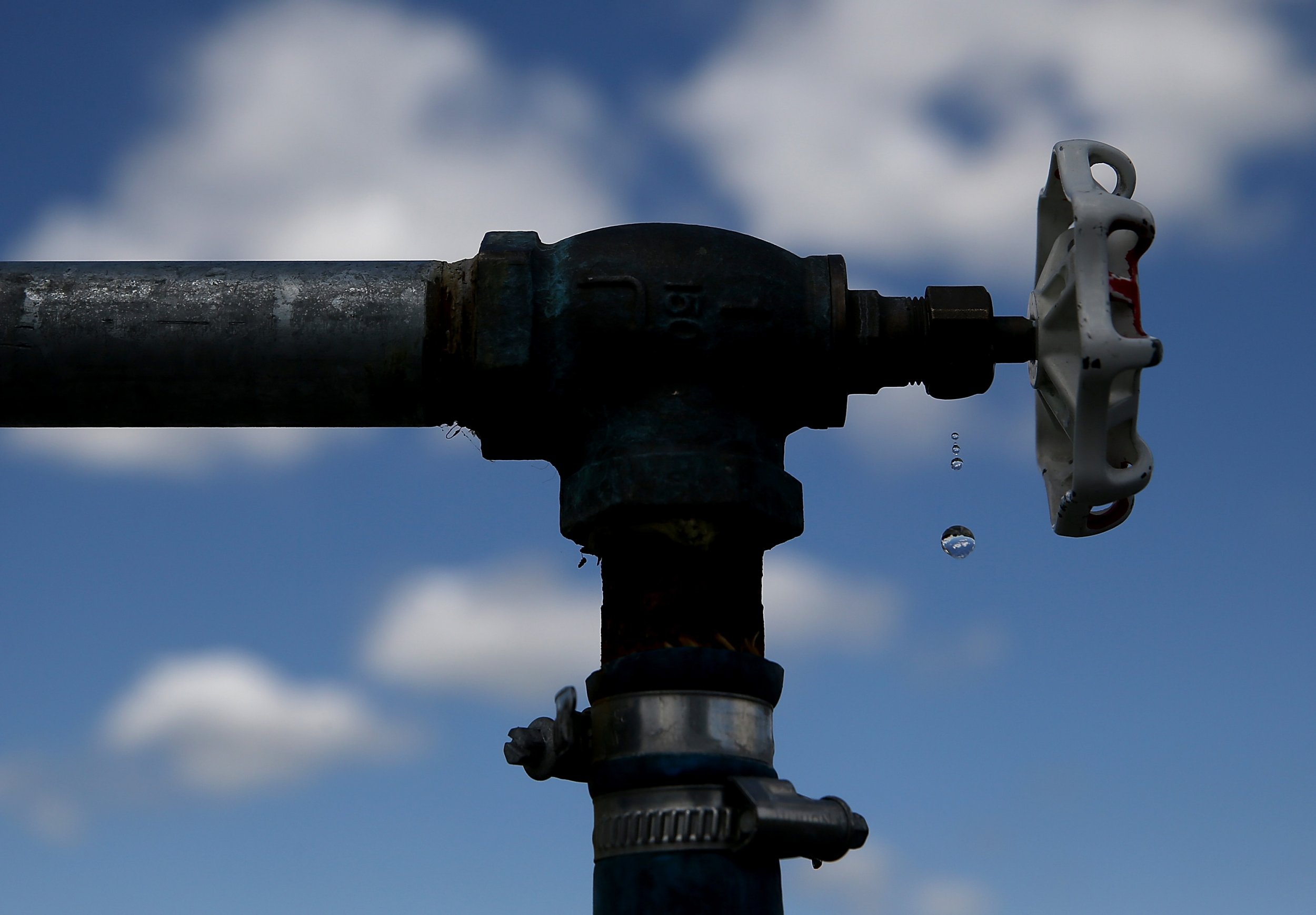
Some people are drinking untreated water on purpose, The New York Times reported Friday. One manager at a grocery cooperative in San Francisco that sells the so-called "raw water" described it as having "a vaguely mild sweetness [and] a nice smooth mouth feel." It might also have bacteria and other disease-causing substances too.
Before it comes out of a faucet in a home, tap water has generally gone through several stages of processing, according to the Center for Disease Control and Prevention. Common steps include something called coagulation, flocculation and sedimentation, which all help get rid of any dirt. The dirt-free water then gets sent through filtration and disinfection processes to get rid of other bad stuff that might linger, including bacteria and parasites. Substances like fluoride are typically added too; fluoride keeps people's teeth healthy.
Even with all of these processes, things can still get through and cause disease. The top 10 outbreaks linked to public water systems include hepatitis A, salmonella, E. coli, giardia and norovirus. These diseases are also linked to water from private wells, which (by definition) don't go through municipal water treatment plants.
These diseases are very, very nasty. Salmonella, E. coli, and norovirus can all cause diarrhea, nausea and—especially for people whose immune systems may be weaker than average—death.
The news that people were choosing to buy water that had not gone through this process was met with concern, shock and horror on social media. (Gizmodo called the beverage "water for rich idiots.")
To: Anybody who drinks or is considering drinking "raw water." From: Everybody who has ever died of cholera, dysentery, typhoid fever, or tooth decay. Message: Do! Not! Be! A! F! -ing! Idiot! https://t.co/6HmYfgGbTb
— Laura Helmuth (@laurahelmuth) December 31, 2017
The risk of waterborne illnesses from untreated water is not theoretical. It happens—and quite a bit, too. In the span of 12 months, at least 130 people fell ill after drinking water at a camp. More than 100 people were infected with norovirus from spring water at a site in New Mexico in June 2011; at least 21 people got giardia from a spring and a stream at a camp in Alaska in 2012.
Obviously, tap water is not flawless or uniformly safe—and that's one of the reasons cited by "raw water" proponents for why someone might want to opt-out of the water grid. The Times reported in 2009 on gaps in regulations that meant unhealthy water could still be considered legal. More recently, a Natural Resources Defense Council report found more than 80,000 violations of the Safe Drinking Water Act in 2015. And even in September, residents in Flint, Michigan, were advised to continue using filters despite lead levels falling below the federal safety level.
Uncommon Knowledge
Newsweek is committed to challenging conventional wisdom and finding connections in the search for common ground.
Newsweek is committed to challenging conventional wisdom and finding connections in the search for common ground.
About the writer
Kate Sheridan is a science writer. She's previously written for STAT, Hakai Magazine, the Montreal Gazette, and other digital and ... Read more
To read how Newsweek uses AI as a newsroom tool, Click here.








